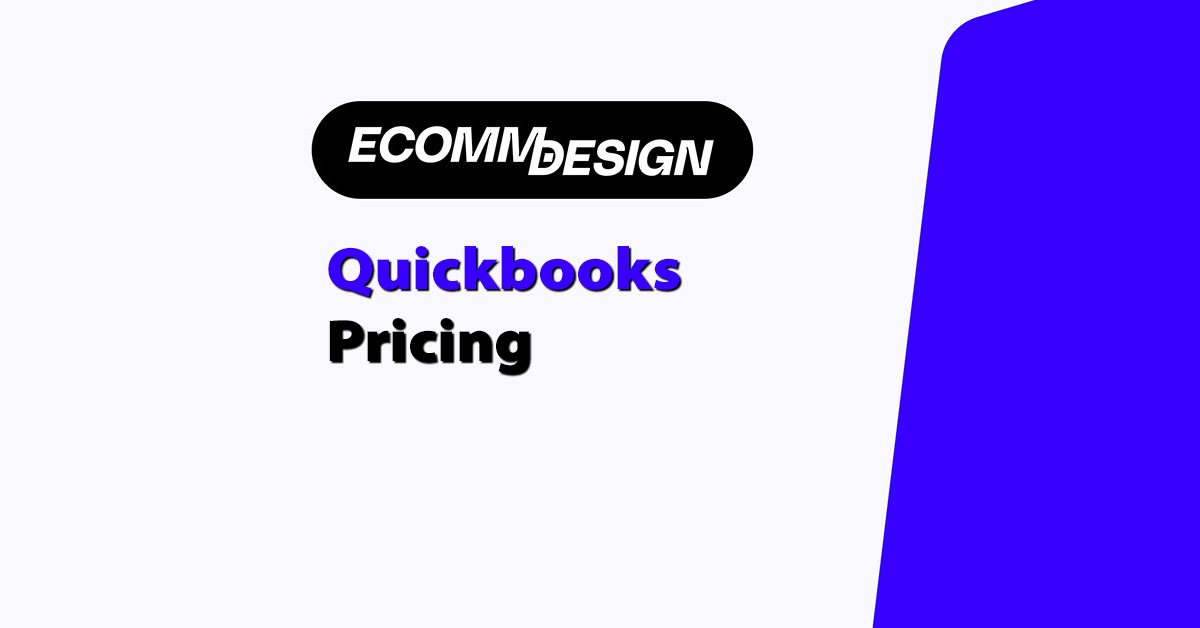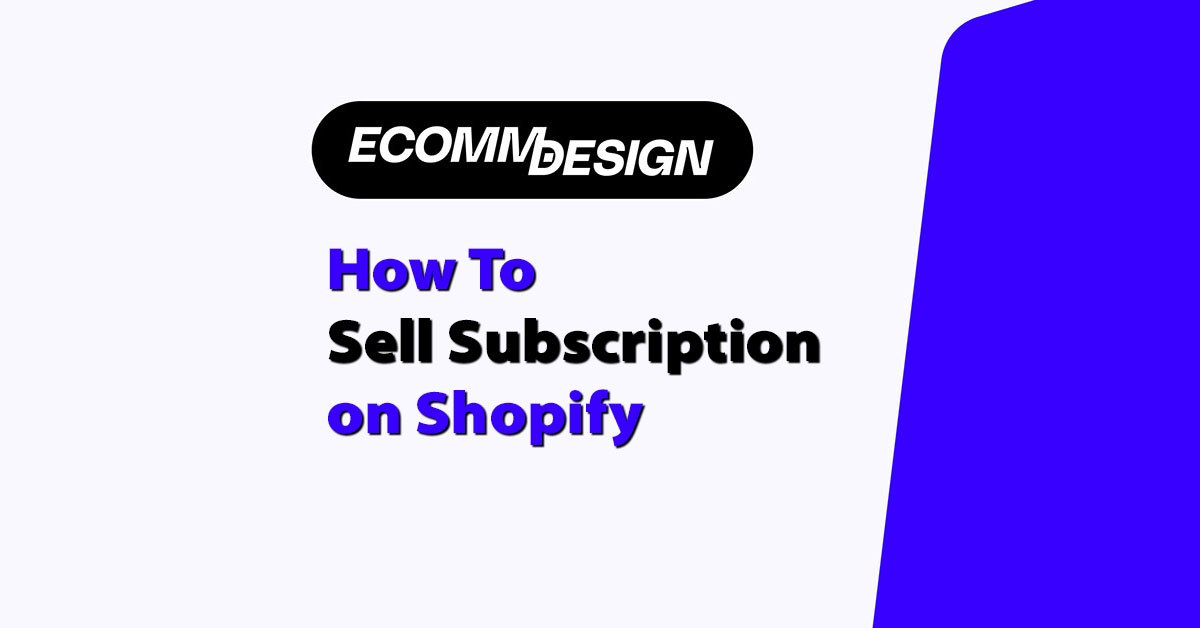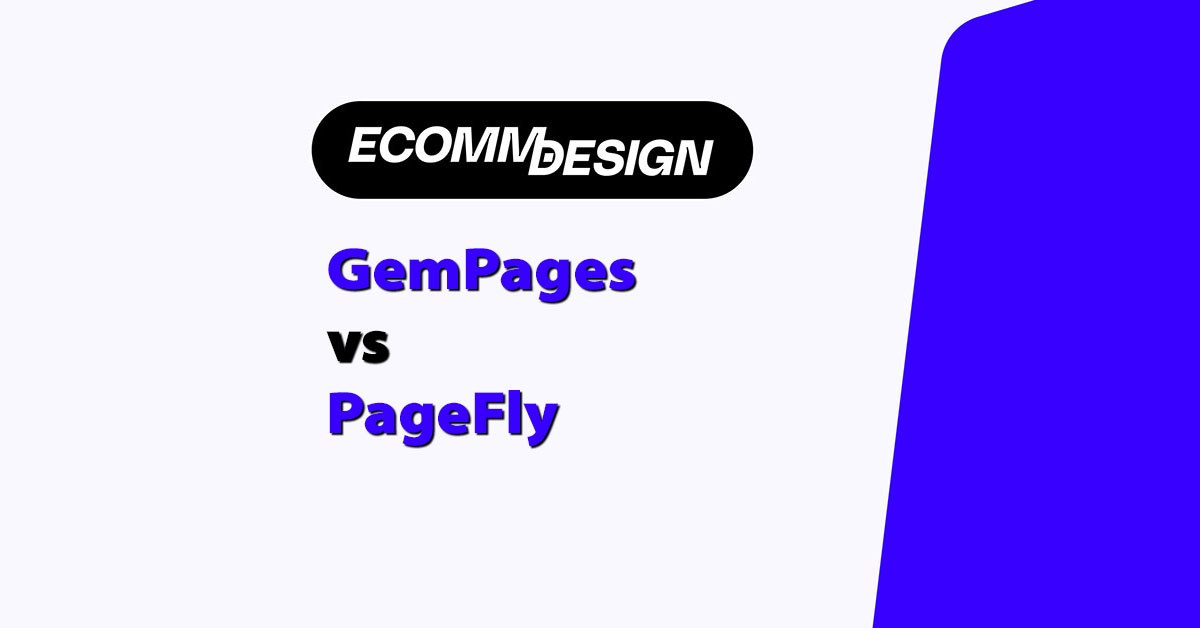
Running a Shopify store means always on the lookout for new ways to boost revenue and make customer experiences even better.
If you sell products that people use regularly – be it coffee, skincare or supplements – subscriptions can be a total game changer.
The right subscription app does more than just sell more – it helps build loyalty, keeps customers from churning and gives you a predictable monthly income to count on.
Over the years, I’ve worked with dozens of Shopify merchants who wanted to add a subscription option to their store. And here’s what I’ve learned: not every subscription app is created equal.
Some are super flexible and easy to customize. Others are stuck on rigid templates or clunky checkout flows that just don’t cut it.
The best subscription apps for Shopify give you total control over the customer experience, play well with your existing tools, and help you boost retention without adding complexity.
Let’s go through the top subscription apps I recommend – and what makes each one stand out.












